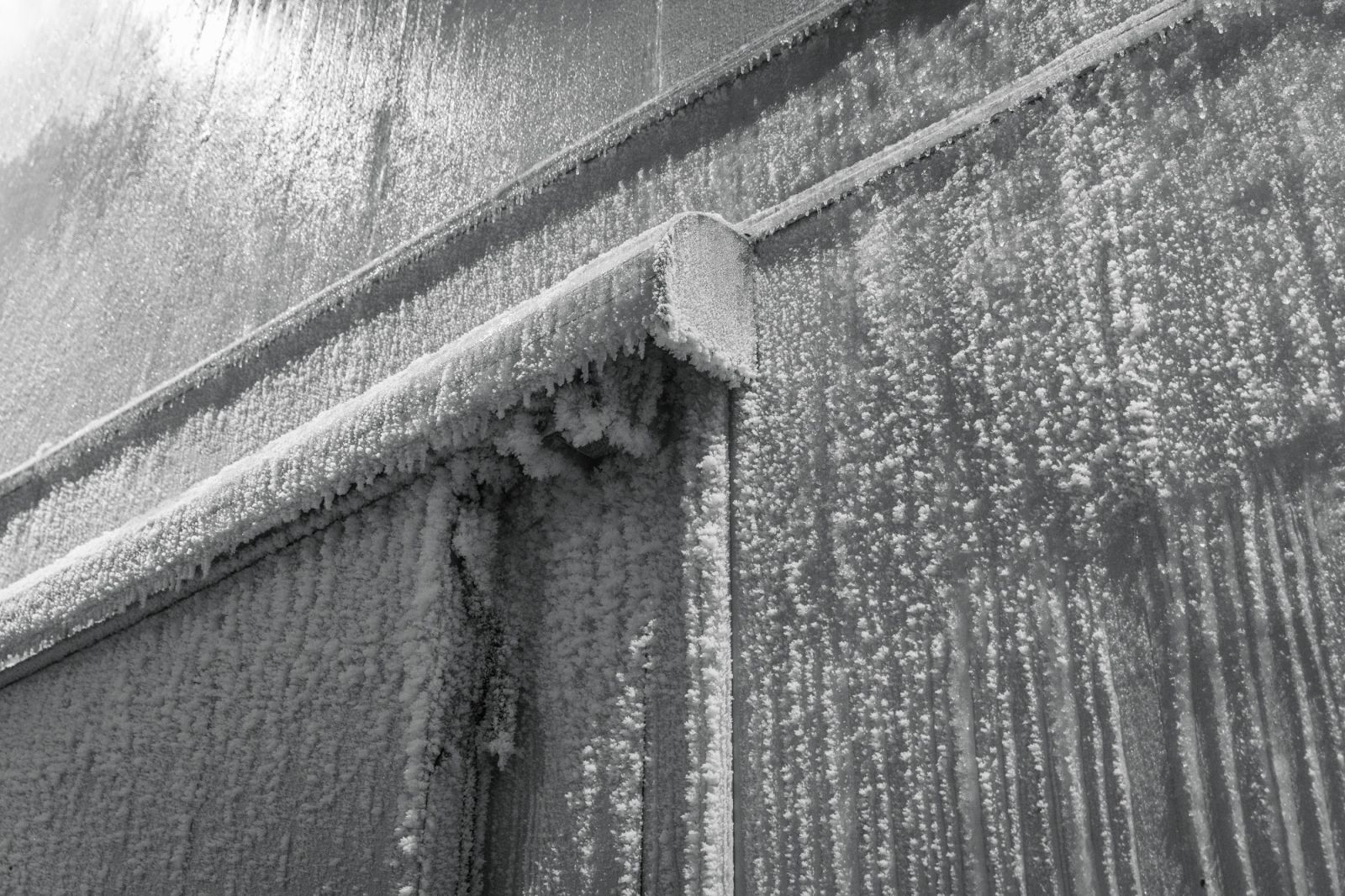Vahterus Test Lab Was the Coldest Spot This Winter
Vahterus is currently undertaking an interesting series of tests. Previously, we have focused on high temperatures, phase-changing phenomena and fluid hydraulics. This time, Vahterus test lab personnel are conducting a larger series of cryogenic tests.
Valtteri Haavisto, Customer Service Director at Vahterus
Vahterus is currently undertaking an interesting series of tests. Previously, we have focused on high temperatures, phase-changing phenomena and fluid hydraulics. This time, Vahterus test lab personnel are conducting a larger series of cryogenic tests. Using liquid nitrogen at temperatures of -180°C, it is possible to test our heat exchangers in an environment that is equal to or even more challenging than normal Liquefied Natural Gas (LNG) vaporising conditions.
We’ve undertaken extensive R&D work to further understand the special features related to cryogenic applications, and the aim of this large test series is to further understand the special features of heat transfer with cryogenic fluids. We’ve invented several unique solutions that allow operations closer to freezing point, and extend the unit’s lifespan in this demanding operating environment. As always, such development work requires both theoretical understanding and practical testing in a real-scale set-up.
The tests conducted so far strongly indicate that the new products and new solutions will meet the targets set. The most important finding has been the excellent thermal cycling resistance of Vahterus Plate & Shell Heat Exchanger.
Demand for cold recovery in LNG applications is pushing systems to provide increasingly low brine temperatures. We investigated how to avoid brine freezing. One target was to identify when and how the glycol starts to freeze. Liquefied nitrogen was vaporised at about -180°C, and 50% ethylene glycol was used as a heating medium. We found that good heat-exchanger design makes it possible to use very low glycol outlet temperatures, avoiding the risk of freezing. Even the cold side inlet temperatures are less than the freezing point of glycol.
There are still plenty of tests to be done, but the start has been strong.

